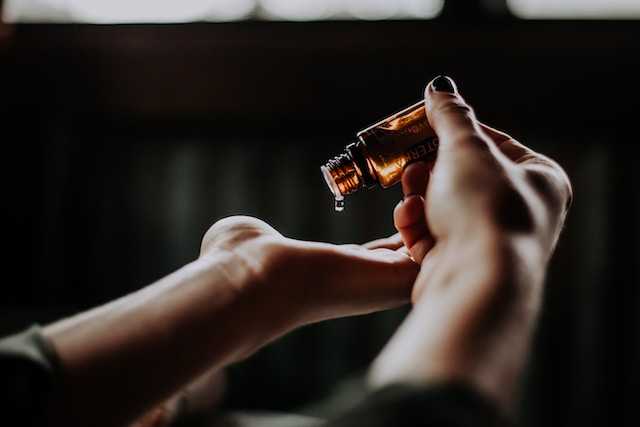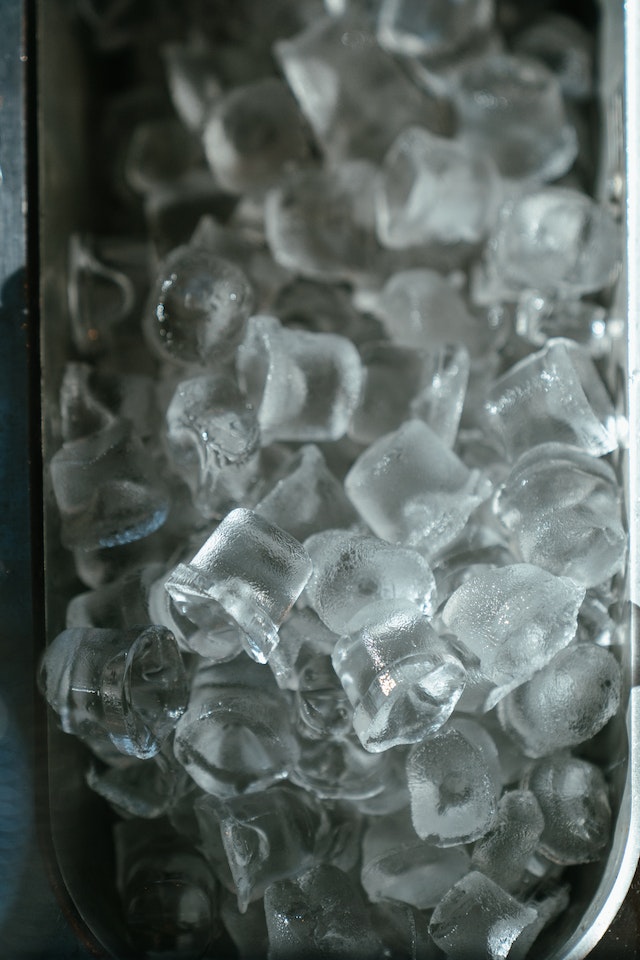Introduction:
In the realm of skincare, two powerful ingredients have taken center stage for their ability to rejuvenate and transform the skin: Alpha Hydroxy Acids (AHAs) and Beta Hydroxy Acids (BHAs). These acids have gained popularity for their exfoliating properties and ability to address various skin concerns. However, understanding the differences between AHAs and BHAs is essential for making informed skincare choices. In this comprehensive report, we explore the key distinctions between AHAs and BHAs, shedding light on their unique characteristics, benefits, and recommended uses. Join us as we delve into the world of AHA and BHA and unlock the secrets to achieving radiant skin.
Breaking News: Unraveling the Mystery of AHAs and BHAs
Let’s begin by understanding the fundamentals of AHAs and BHAs:
1. Alpha Hydroxy Acids (AHAs): AHAs are a group of water-soluble acids derived from natural sources such as fruits, milk, and sugarcane. The most commonly used AHAs in skincare products are glycolic acid and lactic acid. AHAs work by gently exfoliating the skin’s surface, removing dead skin cells and promoting cell turnover. They are known for their ability to enhance skin radiance, improve texture, and diminish the appearance of fine lines and hyperpigmentation.
2. Beta Hydroxy Acids (BHAs): BHAs, on the other hand, are oil-soluble acids, with salicylic acid being the most widely recognized BHA. BHAs are known for their deep-penetrating capabilities, making them particularly effective in targeting clogged pores and combating acne. They possess anti-inflammatory properties and can help reduce redness and irritation associated with acne-prone skin.
Feature Story: The Key Differences
In this feature story, we explore the primary differences between AHAs and BHAs:
1. Molecular Structure: The molecular structure of AHAs and BHAs contributes to their distinct properties. AHAs are water-soluble, which means they work primarily on the skin’s surface. BHAs, being oil-soluble, can penetrate deeper into the pores, making them suitable for addressing acne and congestion.
2. Exfoliation Mechanism: AHAs primarily exfoliate the outermost layer of the skin, promoting gentle sloughing of dead skin cells. BHAs, with their ability to penetrate the pores, exfoliate both the surface and the inside of the pore, effectively unclogging and reducing the formation of blackheads and whiteheads.
3. Recommended Uses: AHAs are commonly recommended for individuals seeking to improve overall skin texture, address hyperpigmentation, and reduce the appearance of fine lines. BHAs, on the other hand, are particularly beneficial for oily and acne-prone skin types, as they can help control excess oil production, reduce inflammation, and prevent breakouts.
Expert Insights: Skincare Professionals Weigh In
Skincare professionals share their expert insights on choosing between AHAs and BHAs:
– Dr. Emily, a dermatologist, advises individuals with sensitive or dry skin to start with AHAs at lower concentrations and gradually build up tolerance. For those with oily or acne-prone skin, she recommends BHAs as a targeted solution for pore cleansing and acne control.
– Jane, a skincare consultant, emphasizes the importance of understanding individual skin concerns and goals when deciding between AHAs and BHAs. She suggests consulting with a professional to tailor a skincare routine that addresses specific needs.
Opinion Piece: Personal Experiences with AHAs and BHAs
In this opinion piece
, individuals share their personal experiences with AHAs and BHAs:
– Sarah, a skincare enthusiast, recounts her journey of using AHAs to fade acne scars and achieve a smoother complexion. She highlights the gradual improvement she noticed over time and the importance of incorporating sunscreen into her routine.
– Mark, who struggled with persistent blackheads, discusses how BHAs transformed his skincare routine. He shares how BHAs effectively cleared his clogged pores and helped him achieve clearer skin.
Conclusion: Choosing the Right Acid for Your Skincare Arsenal
In the battle of AHA vs BHA, understanding the key differences is crucial for selecting the right acid for your skincare arsenal. Whether you’re seeking to improve skin texture, target hyperpigmentation, or combat acne, both AHAs and BHAs have their unique benefits. Remember to consider your skin type, concerns, and consult with skincare professionals for personalized recommendations. By harnessing the power of AHAs and BHAs, you can unlock a radiant and rejuvenated complexion.











